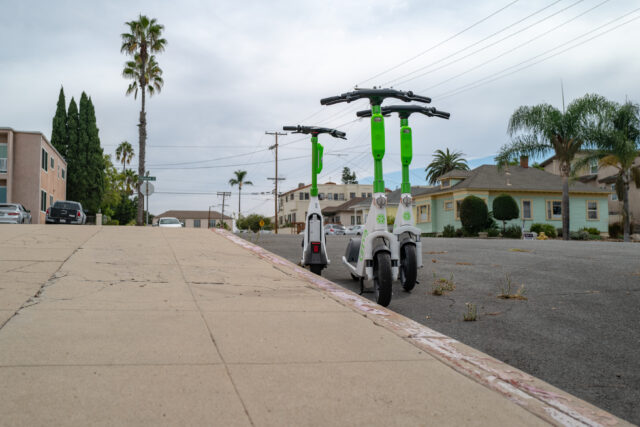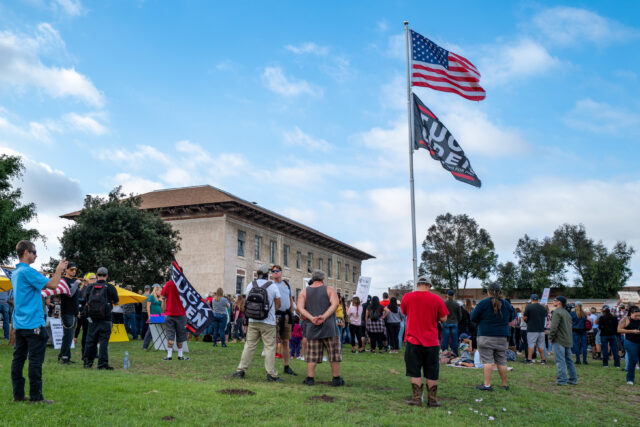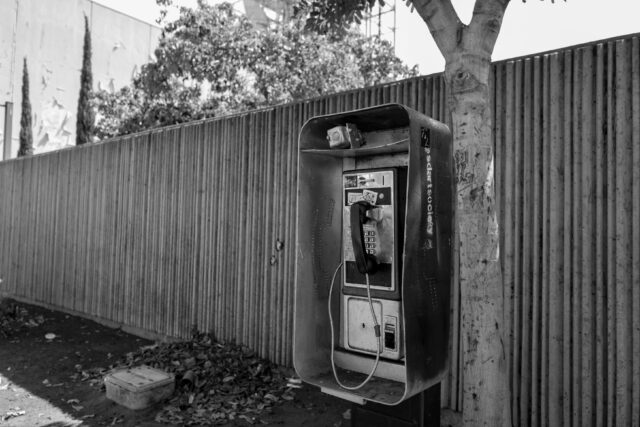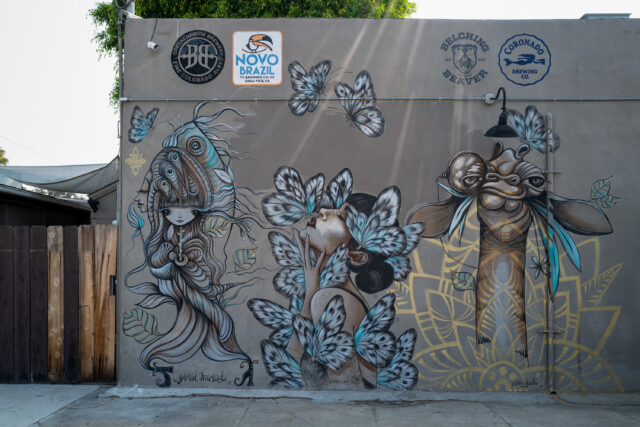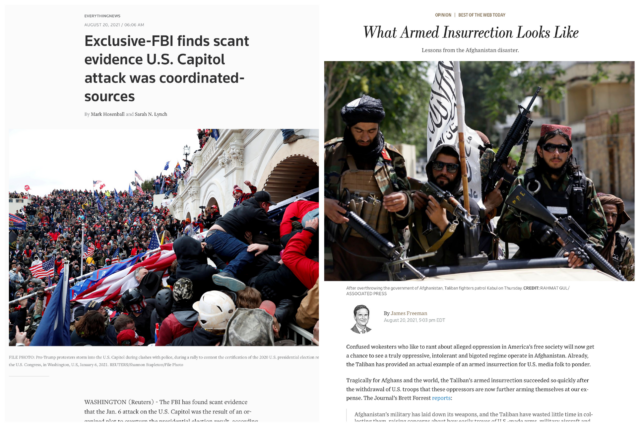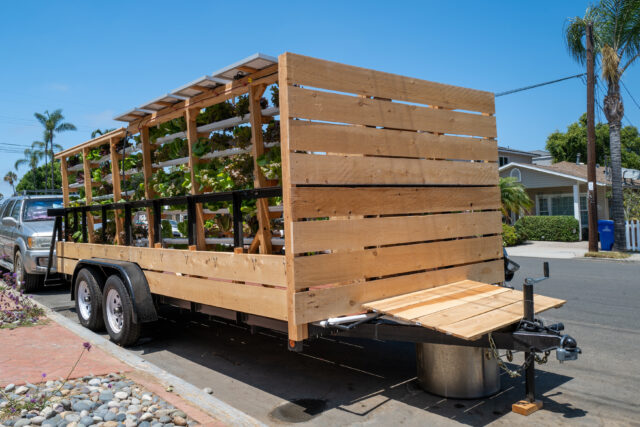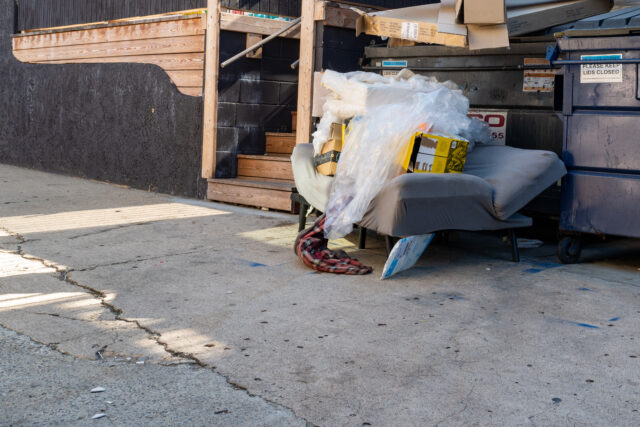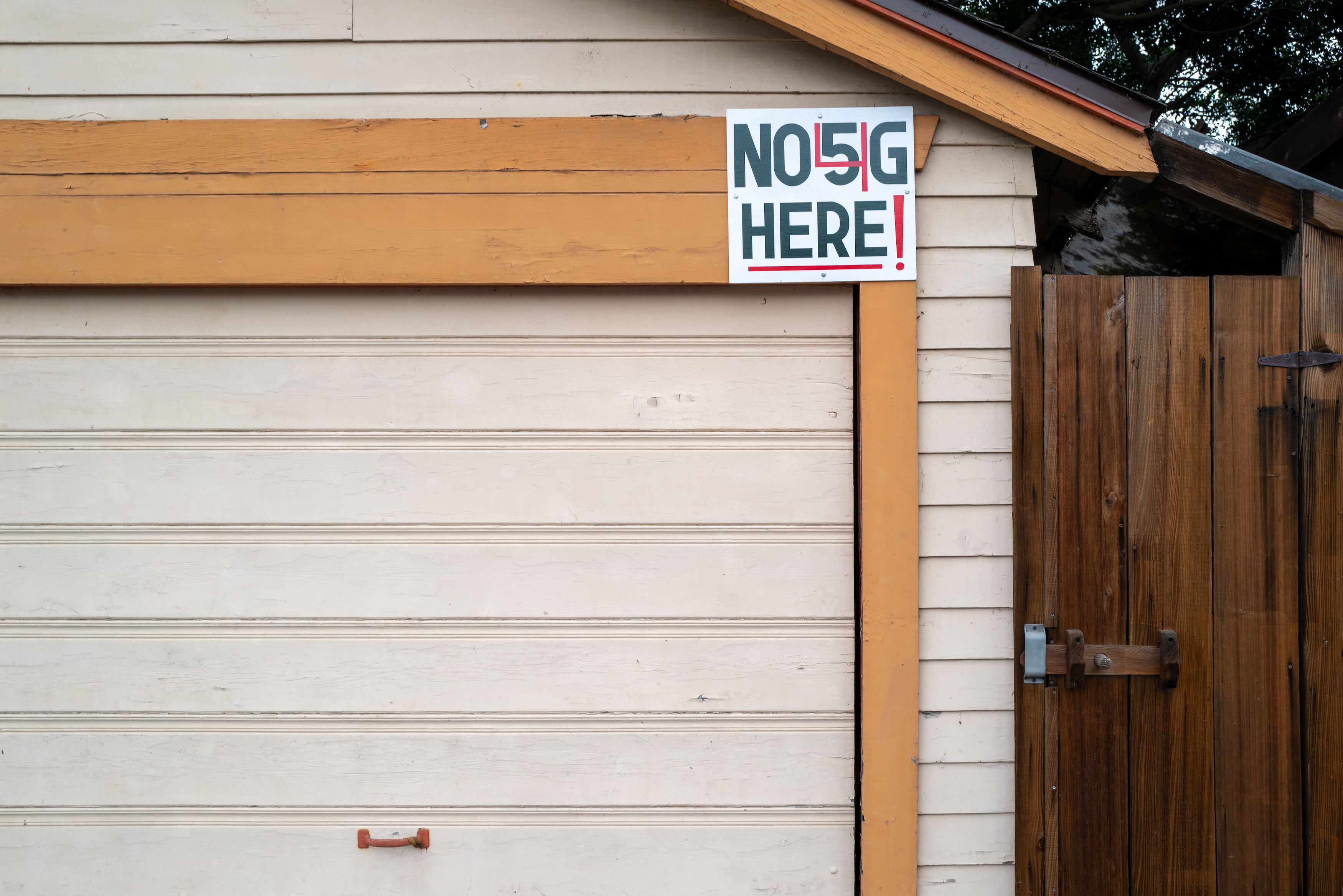During last year’s SARS-CoV-2 (severe acute respiratory syndrome Coronavirus 2)/COVID-19 lockdowns, electric scooters nearly disappeared from San Diego streets. But as the pandemic becomes endemic, and activity approaches some semblance of normalcy, the two-wheel rentals return.
If SARS-CoV-2 could be a metaphor, first electric bikes, then scooters, suddenly were everywhere three years ago. County-wide, communities had no natural immunity (e.g. ordinances) to prevent the e-rides from clogging sidewalks or from masses of people zipping about—jeopardizing themselves and other citizens. City councils imposed restrictions to, ah, flatten the curve—to prevent quite literally the flattening of some riders. But the scooters spread unchecked until COVID-19 lockdowns crushed the scourge.
